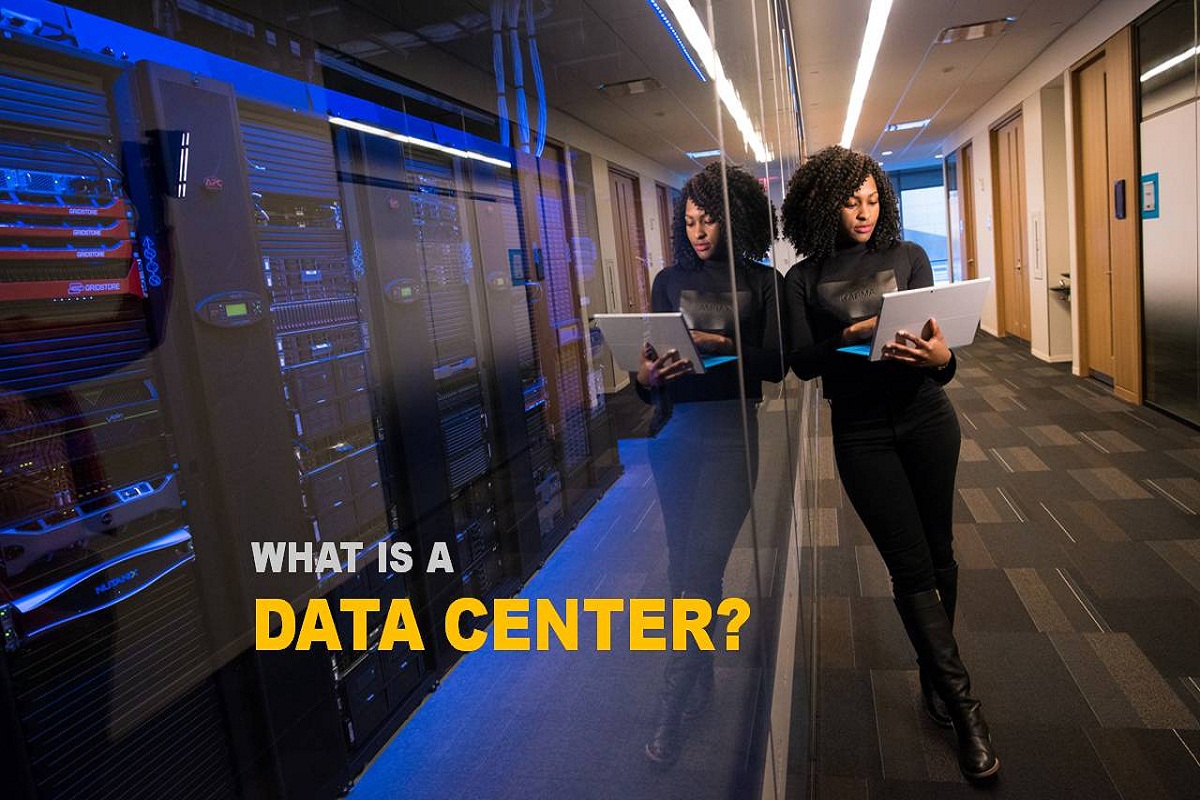Definition Data Center
The term data center or Data Centers is very common today. Many of the data that we handle today, from mobiles, tablets, and computers end up stored in these data centers. In what many call the cloud as a really generic term.
A Data Center is, as the name implies, a “data center” or “Data Processing Center” (CPD). This definition encompasses dependencies and associated systems, thanks to which:
The data is stored, processed, and distributed to authorized personnel or processes to consult and/or modify them.
The servers in which this data is stored are kept in an optimal operating environment.
The first Data Centers were designed following the classic architectures of network computing. In which the equipment was “stackable” in tables, cabinets, or racks.
The need for easy management and optimization of the space has made it evolve towards equipment-based systems. Whose dimensions allow to maximize the volume available in the racks (“rackable” equipment), achieving a high density of equipment per unit of space.
Also Read: NVMe SSD – Definition, Installation, Uses, and Price
Data Centers Uses
A physical Datacenter can host virtual Datacenters, whose cost is fewer thanks to virtualization. Each virtual Data Center is independent of the rest and has maximum guarantees of security, availability, and flexibility.
The initial Data Centers were also not designed to provide advanced network facilities, nor the minimum bandwidth and speed requirements of current architectures.
The rapid evolution of the Internet and the need to be connected at all times have forced companies to require a high level of reliability and security. In such a way that corporate information is protected and available without interruptions or degradation of access. With the goal of not endangering their businesses, no matter what size they are.
The fulfillment of these requirements, each day, more demanded, is possible within a Data Center. Just as a bank is the best place to store and manage money, a data center is also used to house the equipment and information systems.
The stored data is not static data; it is constantly moving, interrelating with each other, and resulting in new data. Their growth is constant, and this implies not only that they must be protected by means of adequate security measures, but also endowed with great “engines that allow them to move quickly through the information highways.”
The exponential growth of the number of users of online services has led companies to outsource the management, maintenance, and administration of their computer and communications equipment in the Data Center.
Also Read: What is Network Functions Virtualization (NFV)?

